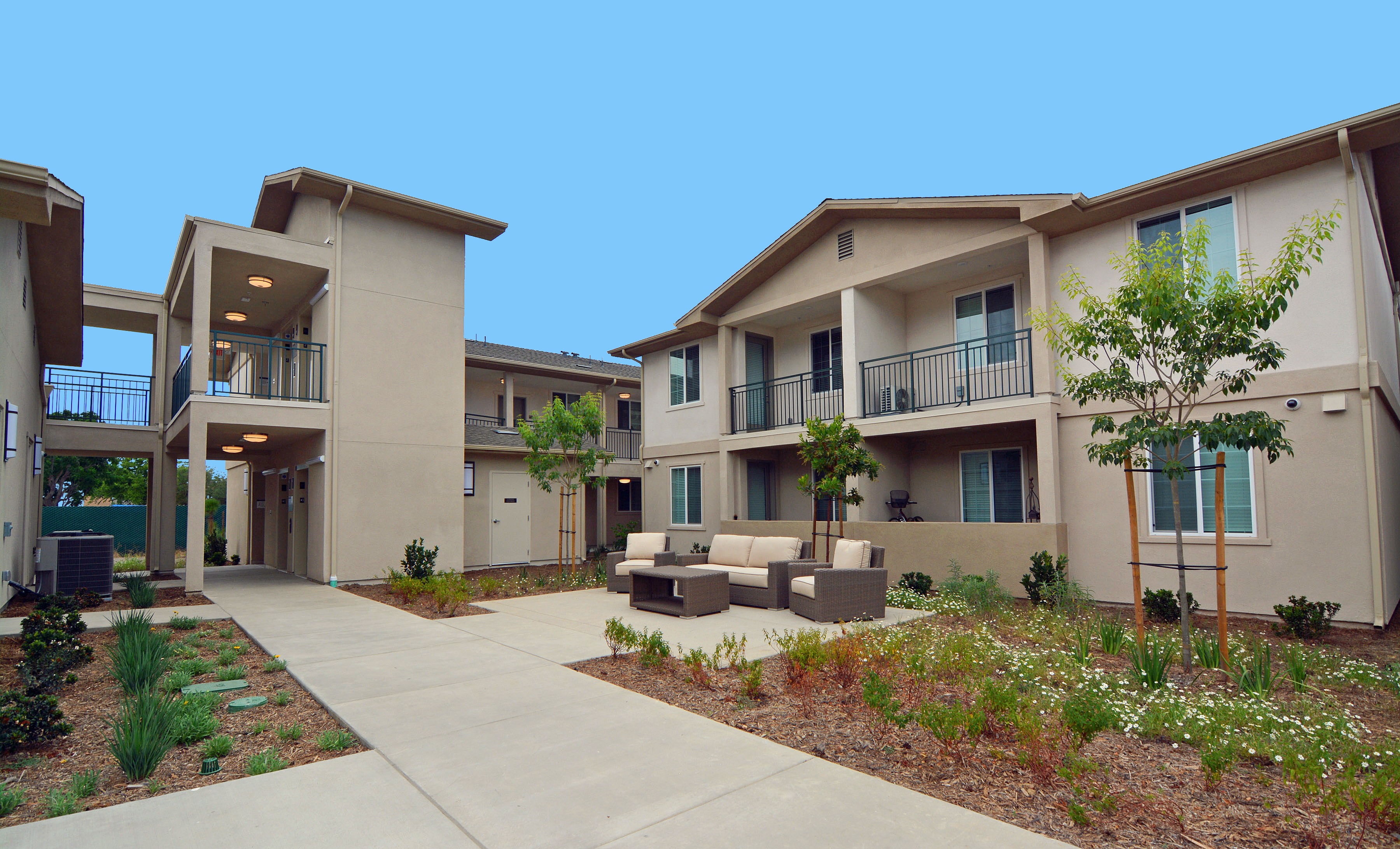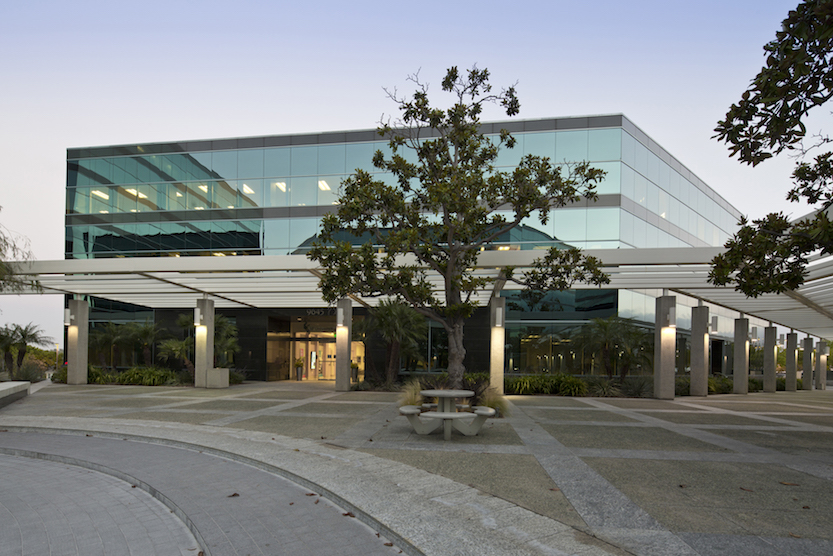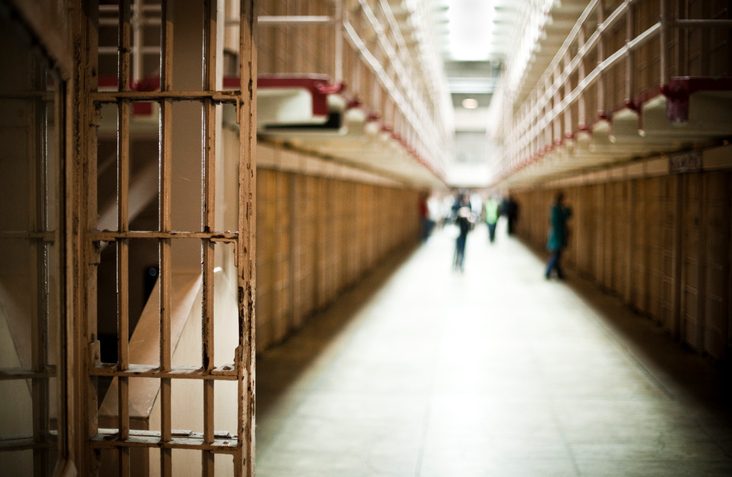Daily Business Report-Sept. 4, 2019
The Schmale Family Senior Residence
New affordable housing for
low-income seniors opens in Ramona
Residents are now moving in to their new apartments at the recently completed Schmale Family Senior Residence, a 62-unit affordable apartment complex for low-income seniors in Ramona. Chelsea Investment Corp. and Serving Seniors partnered on the $21.9 million project, which broke ground in April 2018 and was completed on schedule and under budget.
The two-story building is comprised of 50 one-bedroom apartments, offering 560 square feet, and 12 two-bedroom units, offering 790 square feet. Rents for one-bedroom apartments range from $476 to $818 per month; two-bedrooms range from $569 to $978 per month. An on-site manager will occupy a two-bedroom apartment.
Apartments at Schmale Family Senior Residence are restricted to seniors earning between 30 and 50 percent of the area median income. Qualified residents will pay 30 percent of their income to live there, with project-based vouchers (PBVs), a component of the Section 8 Housing Choice Voucher program, available to cover the remainder of the rents.
Located at 430 16th St. near transit, shopping and services, Schmale Family Senior Residence will provide comprehensive support services for its residents, aged 62 and over. This is the first new affordable housing for low-income seniors to be built in Ramona.
Thanks in great part to a generous gift from long-time Serving Seniors supporters Marge and Neal Schmale, Serving Seniors will provide on-site supportive services free of charge to the residents. This will include social services, mental health services, nurse case management, and socialization opportunities administered by a supportive services manager and an activity coordinator.
Project architect is Hedenkamp Architecture + Planning, with Emmerson Construction serving as general contractor.
_________________________
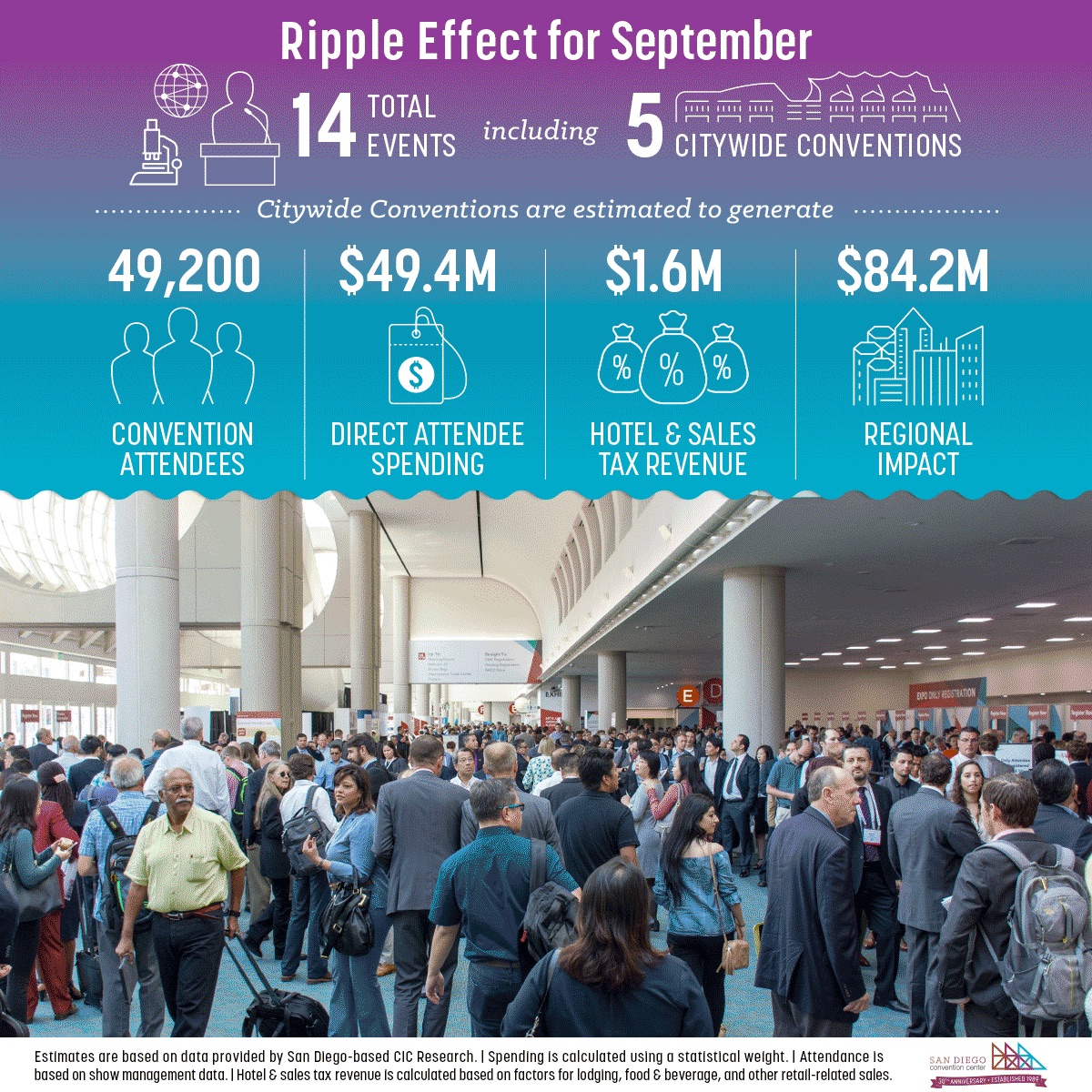
Major events coming to San Diego Convention Center
-
NSC 2019 Congress & Expo: Sept. 6-11, 14,500 attendees
-
Build Expo: Sept. 18-19, 2,000 attendees
-
American Society of Plastic Surgeons: Sept. 20-23, 5,500 attendees
-
American Orthotic & Prosthetic Association National Assembly: Sept. 26-28, 2,200 attendees
-
Private Convention with Trade Show: Sept. 27-29, 25,000 attendees
_________________________
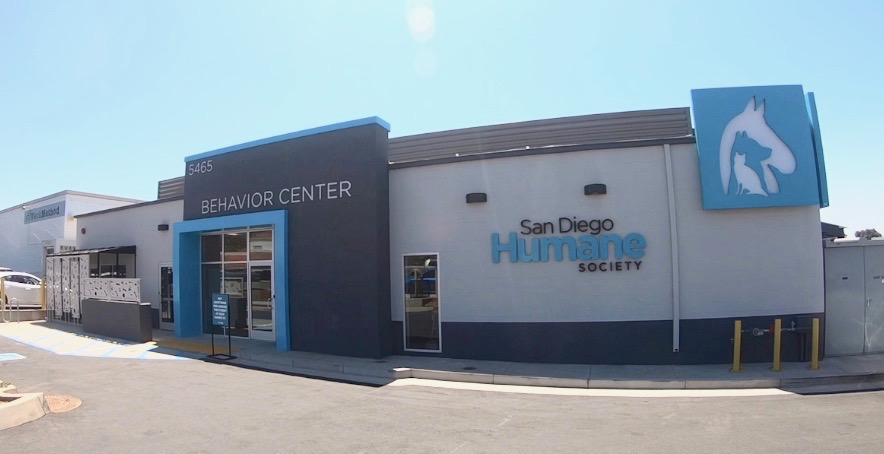
San Diego Humane Society to open
state-of-the-art Behavior Center
San Diego Humane Society opens a new, state-of-the-art Behavior Center at its San Diego campus today. Animals in the Behavior Center face challenges such as anxiety, fear, resource guarding and overstimulation.
The Behavior Center is one of only a handful throughout the country to provide a uniquely-designed space that removes the noise, unpredictability and other barriers to rehabilitation found in a traditional shelter, and replaces them with an environment that supports the intensive work these animals require to become adoptable and ready to share their lives with new families.
This center, and SDHS’s larger behavior program across all three campuses, plays a vital role in ensuring zero euthanasia of healthy and treatable animals in San Diego County. As the only comprehensive animal behavioral rehabilitation program in San Diego, the Behavior Center is the only hope for hundreds of our community’s most at-risk animals each year.
_________________________
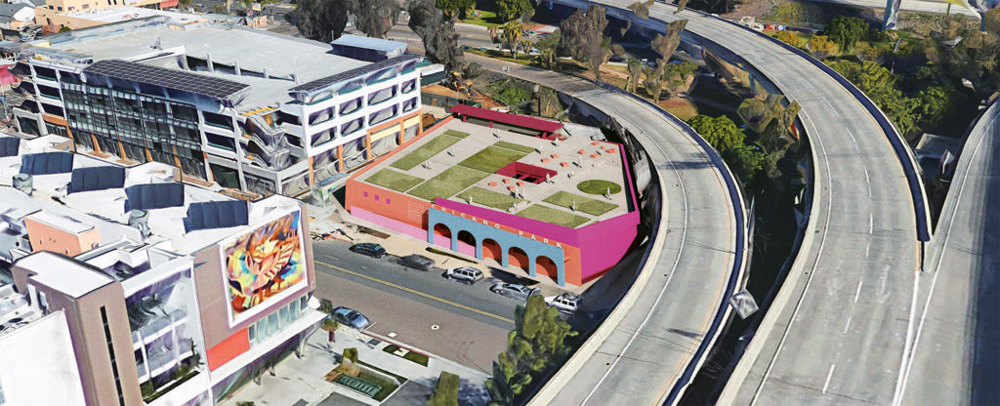
New Chicano Park Museum
planned for Barrio Logan
Barrio Logan, San Diego’s oldest Mexican-American neighborhood, is planning a new museum and cultural center focusing on the historic creation of Chicano Park and cultures it commemorates. Designated a National Historic Landmark in 2017, Chicano Park is home to the world’s largest concentration of Chicano murals and is a symbol of pride, self-determination, and social activism.
The new Chicano Park Museum and Cultural Center (CPMCC) will pay tribute to hundreds of men, women, and children who physically blocked a California Highway Patrol station from occupying land they wanted for a park in 1970 and, by now, several generations of artists. The improbable park site beneath massive freeway ramps pulses with colorful political, religious, and historic murals. Like the artworks, the museum and cultural center on National Avenue will convey the history, accomplishments, and essence of the neighborhood and regional Chicano, Mexican-American and indigenous cultures.
Until the 11,000-square-foot center is built, you can visit a virtual museum with a wealth of history and resources. Click here.
_________________________
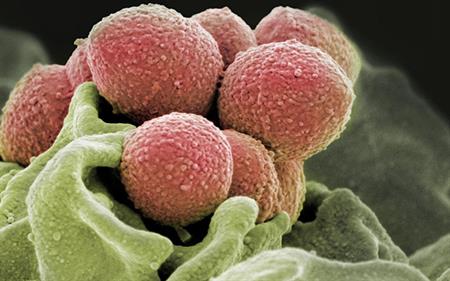
Grant funds new vaccine effort
to prevent strep throat infections
CARB-X, an international non-profit partnership of private, academic and government institutions, has awarded SutroVax Inc., a Northern California-based biopharmaceutical company, with an award of up to $15 million to develop a universal vaccine for Group A Streptococcus (GAS), the bacteria that causes pharyngitis or strep throat.
The novel effort is based upon original research by scientists at University of California San Diego School of Medicine, who will collaborate on vaccine development and conduct initial testing.
_________________________
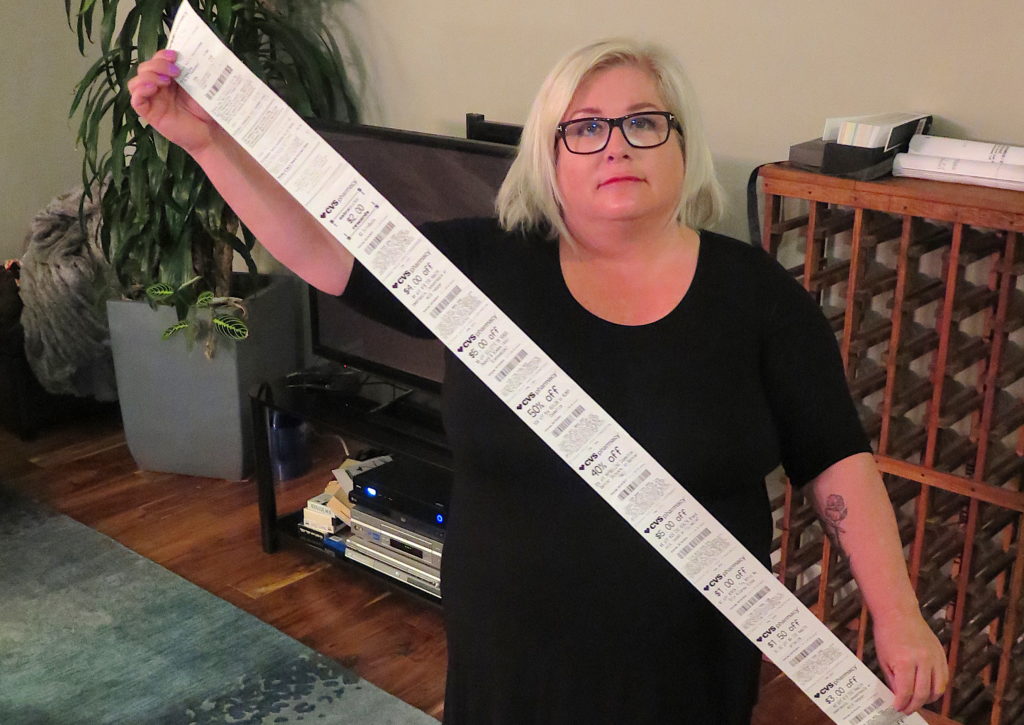
Paper receipt ban, many other lawmaker
bills don’t make the Legislature’s cuts
By Laurel Rosenhall, CalMatters
Tax credits for renters. Consumer protection for student borrowers. More homeless shelters that allow pets, banning paper receipts.
Those were some of the hundreds of ideas that California lawmakers killed Friday, as they winnowed a huge stack of bills in preparation for the Legislature’s final two-week sprint before the session ends on Sept. 13. Chairs of the appropriations committees announced their decisions in a rapid-fire ritual — and, in the Assembly, over the shouting protests of people who oppose a bill to limit vaccine exemptions.
Here are a few noteworthy proposals that lawmakers snuffed out Friday as they acted on legislation in the mysterious “suspense file,” where bills can die with no public explanation:
Shopping: Fed up with ridiculously long paper receipts and fearing the chemicals they often contain, a San Francisco assemblyman pushed legislation that would have largely banned receipts at large retailers, unless customers requested one. But the bill was criticized by grocers who like old-fashioned receipts and pundits who deemed it “micromanagement in the name of progressive politics.”
Rainforest protection: As the Amazon rainforest burns, a bill aimed at protecting tropical forests went up in smoke. Taking aim at goods such as soy, rubber, and palm oil harvested from clear-cut land, it would have prohibited the state from doing business with companies whose products contributed to deforestation. Lawmakers ultimately sided with construction companies that opposed the measure.
Student loans: With student debt skyrocketing, California lawmakers proposed stricter rules for student loan servicers and creation of a borrower advocate to respond to complaints. But the bill withered under opposition from major student loan servicers, banks and credit unions.
Gun control: California has a “red flag” warning law that allows law enforcement to temporarily remove firearms from those deemed by a court to be a danger to themselves or others. But legislation that would have trained officers to execute these “gun violence restraining orders” stalled because lawmakers want the state agency that trains police to focus on something else: the new standard for police to use deadly force.
Homelessness: Many homeless shelters don’t allow people to bring their pets. SB 258 was an effort to change that by giving state grants to shelters that allow homeless people to bring their furry friends. Meanwhile, AB 516 would have made it difficult for cities and counties to tow vehicles from people living in them.
Housing: Affordable housing developers have complained for nearly a decade that the state needs a permanent funding source to build more units for low-income tenants. But lawmakers chose not to advance a bill that would have done just that — to the tune of $500 million annually. Also, in a loss for tenants paying high California rents, lawmakers squelched a bipartisan effort to increase the tax credit renters can claim on their state returns. And a bill that would have given landlords more incentive to accept Section 8 tenants by providing a tax break was also nixed. More landlord-tenant fights now loom, as a controversial measure that would limit annual rent increases heads for a key vote.
LGBT equality: Though it’s illegal for an adult to have sex with a teenager in California, if the age difference between the two parties is less than ten years, the adult is not required to register as a sex offender. But that exception only applies to heterosexual intercourse, not oral or anal sex. Gay rights advocates pushed a bill to extend the exemption to cover LGBTQ relationships also, but it got caught up in a political fight between Democrats running for a Senate seat in the Central Valley. Lawmakers declined to advance it, despite backing from the Los Angeles County District Attorney. They’ll likely consider it again next year.
Campus sexual assault: With the federal government rolling back protections for college students who are assaulted or harassed, some Democratic lawmakers have been trying to recreate such protections in California — over the objections of some universities. Jerry Brown vetoed such a bill last year, and the effort stalled again Friday when lawmakers decided that SB 493 won’t advance this year.
Food stamps: California has one of the nation’s lowest participation rates in CalFresh, the state’s name for the federal food stamp program, leaving $1.8 billion in federal funds on the table that could be helping hungry people. Despite no registered opposition, lawmakers held a bill that aimed to dramatically increase enrollment in the federal food aid program, but didn’t say why.
Reptiles: California is still on track to ban the importation of alligator and crocodile products, such as handbags and shoes, starting next year. In a win for animal rights groups, lawmakers tabled AB 719, which sought to delay the ban until 2025.
Tax credits for film makers: With Georgia and other red states passing restrictive abortion laws, a California Democrat proposed giving $250 million in tax credits over five years for film productions to leave those states. But the proposal stalled amid criticism that it amounted to an effort to bribe companies to boycott.
Water in your beer: Every gallon of beer or wine made in California uses five to seven gallons of water, a precious resource for a state recovering from a prolonged drought and constantly worried about the next one. Major beer companies got behind a bill to require regulators to come up with guidelines for breweries and winemakers to recycle that water (for cleaning and other nonpotable purposes), but it wasn’t enough to convince lawmakers to say “cheers.”
CalMatters reporters Rachel Becker, Jackie Botts, Elizabeth Castillo, Ben Christopher, Matt Levin, Judy Lin and Felicia Mello contributed to this report.
CalMatters.org is a nonprofit, nonpartisan media venture explaining California policies and politics.
_________________________
Railway Association to mark 112th anniversary of
San Diego & Arizona Railway groundbreaking
The Pacific Southwest Railway Museum Association (PSRM), a San Diego-area historical and educational nonprofit, will mark the 112-year anniversary of the start of construction of the San Diego & Arizona Railway (SD&A) with a variety of family-friendly activities at its “SD&A Groundbreaking Festival” on Saturday, Sept. 7, at PSRM’s Campo Railroad Park and Museum in Campo. The public is invited to attend.
Activities for the day-long, start-of-construction anniversary on Saturday will include vintage train rides aboard full-size, restored locomotives and train cars from the early 20th century, live music, lectures on the history of the SD&A, book signings and activities for children, including storytelling and face painting. Many events will be free, although costs for train rides aboard full-size, restored diesel and steam locomotives and train cars will range from $14 to $28 per person.
A special groundbreaking reenactment ceremony will be held at 1 p.m.. On display at the ceremony will be a shovel coated with silver with a large bow of scarlet ribbon as a replica of what was used exactly 112 years earlier, on Sept. 7, 1907. Actors dressed in period clothing will pose as San Diego Mayor John F. Forward Sr., Alonzo Horton, Frank Kimball and other dignitaries and civic leaders from 1907. The reenactment ceremony will include reciting of speeches delivered on Sept. 7, 1907, when speakers expressed expected contributions of the SD&A, once complete, to the local economy and other factors which would improve the status of San Diego and Imperial Counties and northern Baja, Mexico. On Sept. 7, 1907, the actual SD&A groundbreaking ceremony was held in Downtown San Diego, believed to be somewhere near the intersection of 28th Street and Main Street.
The SD&A rail line, which took 12 years to complete, was called the “Impossible Railroad” by engineers of its day due to the immense logistical challenges. Stretching 148 miles from San Diego to El Centro, the SD&A included 44 miles in Mexico. Entrepreneur John D. Spreckels financed the building of the SD&A at a cost of $18 million, or roughly $123,000 per mile. On Nov. 15, 1919, Spreckels himself drove the final “golden spike.” As the final link in the nation’s transcontinental railroad system, the SD&A established a direct rail link from San Diego to the east by connecting with the Southern Pacific Railroad in El Centro. Previously, San Diegans had to travel north to Los Angeles to connect with an east-bound train. Today, parts of the railway are currently active with freight trains on both sides of the border.
The Pacific Southwest Railway Museum Association (PSRM) is a nonprofit, all-volunteer educational organization dedicated to preserving the heritage of railroading in the Southwest. PSRM operates the 140-acre Campo Railroad Park and Museum in Campo, Calif., where every weekend the public can enjoy vintage train rides aboard full-size, restored locomotives and train cars from the early 20th century, along with the Southwest Railway Library and more than 120 pieces of historical railroad equipment and artifacts on display. For more information on PSRM, visit www.psrm.org.

